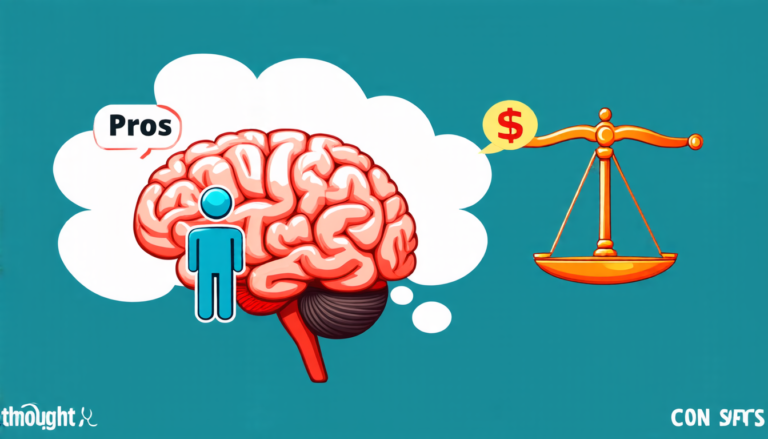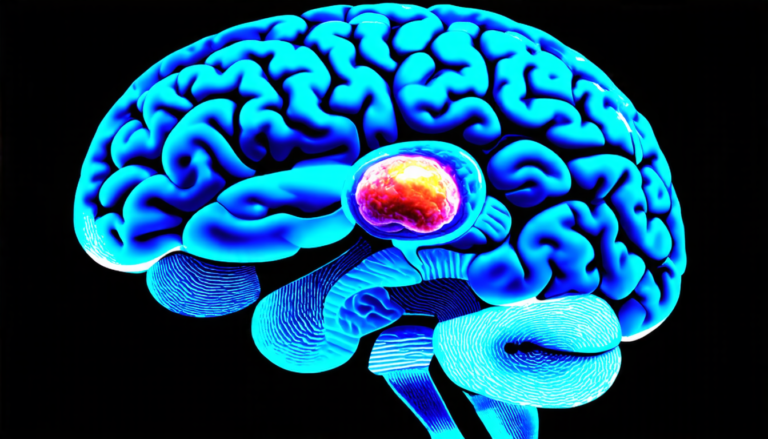Tuesday 05 August 2025
As computer vision researchers continue to push the boundaries of what’s possible with deep learning, a new approach has emerged that’s particularly well-suited for generating high-quality images at scale. It’s called Autoregressive Image Generation with Linear Complexity, or ARIG-LC for short.
At its core, ARIG-LC is an attempt to bridge the gap between two seemingly disparate fields: natural language processing and computer vision. In NLP, autoregressive models have long been used to generate text by predicting the next character in a sequence based on what’s come before. Similarly, in computer vision, researchers have employed autoregressive techniques to generate images by predicting the next pixel value given the context of surrounding pixels.
The key innovation behind ARIG-LC is its ability to preserve 2D spatial relationships within flattened image sequences. In other words, traditional autoregressive models typically treat images as 1D sequences of pixels, which can lead to a loss of valuable contextual information. By incorporating linear attention mechanisms that take into account the true 2D spatial location of each pixel, ARIG-LC is able to generate images that not only look realistic but also exhibit coherent structures and patterns.
One of the primary advantages of ARIG-LC is its ability to scale up to large image sizes without sacrificing quality. This is particularly important in applications where high-resolution images are essential, such as medical imaging or autonomous vehicles. By leveraging linear attention mechanisms, ARIG-LC can efficiently process input sequences of arbitrary length, making it well-suited for tasks that require generating large, complex images.
Another benefit of ARIG-LC is its ability to be fine-tuned on specific datasets and tasks. Unlike traditional generative models, which often rely on pre-trained weights and are then adapted to a particular task, ARIG-LC can learn from scratch using only a small amount of data. This makes it an attractive option for researchers working with limited resources or constrained computing environments.
ARIG-LC has already shown promising results in early experiments, outperforming state-of-the-art models on various image generation tasks while also demonstrating improved efficiency and scalability. As the technology continues to evolve, it’s likely that we’ll see even more impressive applications of ARIG-LC across a range of fields, from computer vision and robotics to art and design.
In short, ARIG-LC represents a significant step forward in the development of autoregressive image generation techniques.
Cite this article: “Autoregressive Image Generation with Linear Complexity (ARIG- LC): A New Approach for High-Quality Image Generation at Scale”, The Science Archive, 2025.
Computer Vision, Deep Learning, Image Generation, Arig-Lc, Autoregressive Models, Natural Language Processing, Computer Graphics, Image Synthesis, Machine Learning, Generative Models.







